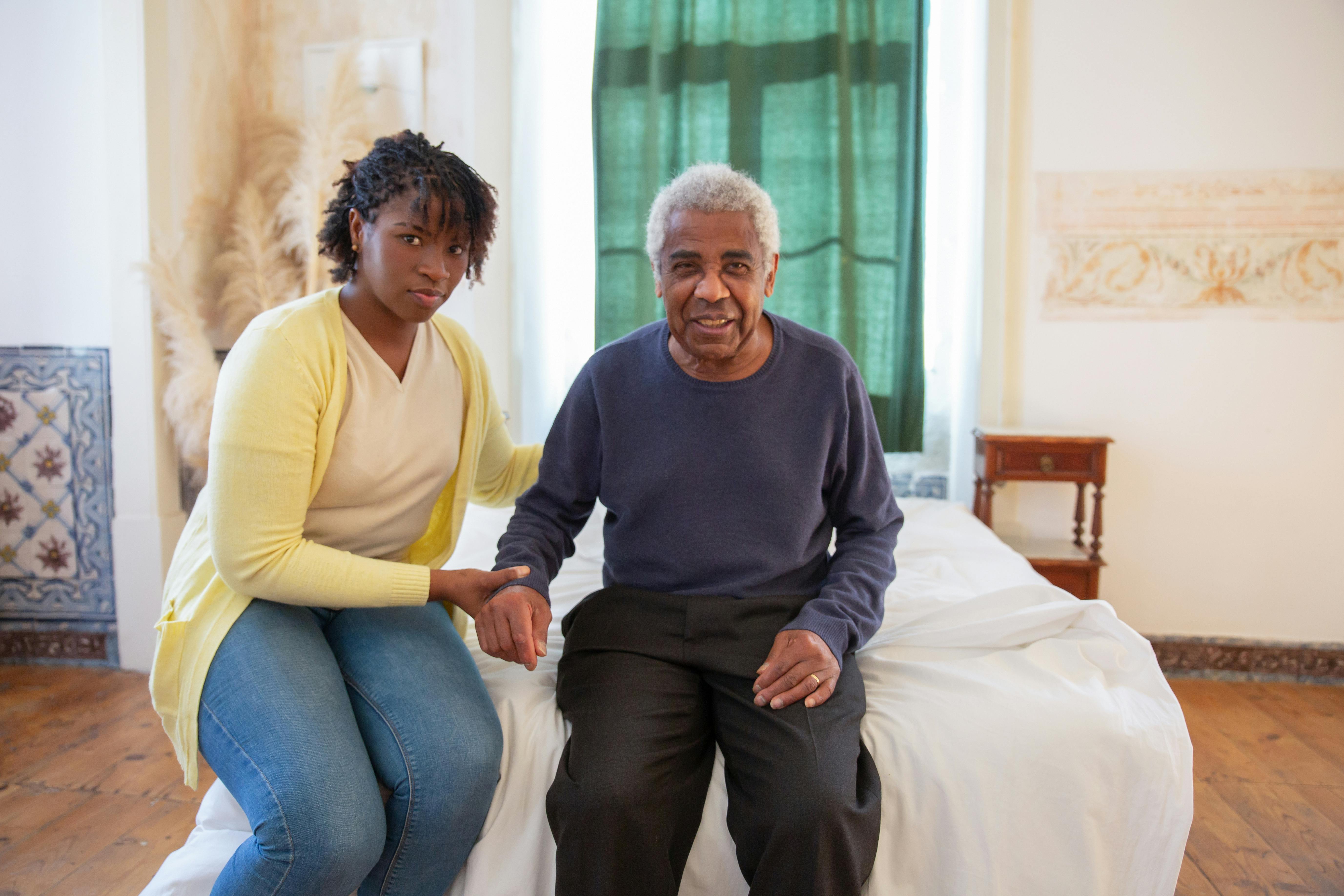Adjustable Beds: A Guide for Seniors and Bedrooms
Adjustable beds change the angle of the head and feet to create different sleep and rest positions, and they are increasingly chosen for comfort, sleep quality, and mobility reasons. For seniors and elderly adults, adjustable beds can support easier transfers, reduce pressure on joints, and provide more upright positions for reading or watching television. Understanding features and practical considerations helps match an adjustable bed to personal needs and bedroom space.

This article is for informational purposes only and should not be considered medical advice. Please consult a qualified healthcare professional for personalized guidance and treatment.
What is an adjustable bed?
An adjustable bed is a mattress and base system that allows the head, feet, or both to be raised and lowered independently. These beds often use electric motors controlled by a handheld remote or app to set positions for sleeping, lounging, or medical needs. Common features include zero-gravity presets, memory positions, and under-bed lighting. Many adjustable bases are compatible with most mattress types designed to flex, such as memory foam, latex, or hybrid foams. The ability to customize positions can address comfort preferences across different hours of the day.
How can an adjustable bed help seniors?
Seniors may find adjustable beds helpful for improving comfort and functional independence. Elevating the head can reduce acid reflux and make breathing easier for people with mild respiratory issues, while raising the legs can ease circulation and reduce swelling. For individuals with limited mobility, adjustable beds can assist with getting in and out of bed by creating more favorable transfer angles. Adjustable positions also allow seniors to sit upright for activities like reading or meals without moving to a chair, which can reduce the number of transfers required each day and help preserve energy.
What safety features matter for elderly users?
When considering an adjustable bed for elderly users, safety features are important. Look for sturdy side rails if there is a risk of rolling, though rails should not restrict necessary movement or emergency exits. Smooth, low-profile transitions help prevent trips when entering or exiting the bed. Backup battery systems are useful so the bed remains operable during power outages, and hand controls should be simple, large, and easy to operate for users with limited dexterity. Ensure the mattress stays securely attached to the base and check weight limits and stability ratings before purchase.
How to choose the right bed size and support?
Selecting the right bed size and mattress support is about balancing comfort, mobility, and bedroom dimensions. For couples or caregivers who may need to assist, a wider bed like a queen or split-king adjustable base can offer separate zones for independent positioning. Mattress compatibility is essential: flexible mattress materials such as memory foam or latex conform to the base, whereas many innerspring mattresses may not. Assess firmness level based on pressure relief and support needs, and consider a mattress protector and breathable materials if temperature regulation or incontinence is a concern.
How to place an adjustable bed in your bedroom?
Fitting an adjustable bed into a bedroom requires measuring doorways, stairwells, and elevator access for delivery. Adjustable bases can be heavier and bulkier than standard frames, so check the floor loading and how the bed will be maneuvered into position. Plan for clearance at the head and sides if the base includes motors or rails. If the bedroom is small, a split base (two separate adjustable bases for a larger mattress) can simplify transport and installation. Also consider bedside table height and electrical outlet placement for the bed’s power supply and charging options.
Conclusion
Adjustable beds offer a range of functional benefits for seniors and elderly users, including improved comfort, easier positioning, and potential support for specific health-related needs. Practical considerations—such as mattress compatibility, safety features, bed size, and bedroom logistics—play a significant role in choosing the right setup. Evaluating features against daily routines and mobility requirements, and consulting healthcare or occupational therapy professionals when appropriate, can help ensure the adjustable bed supports well-being and usability within the bedroom environment.






